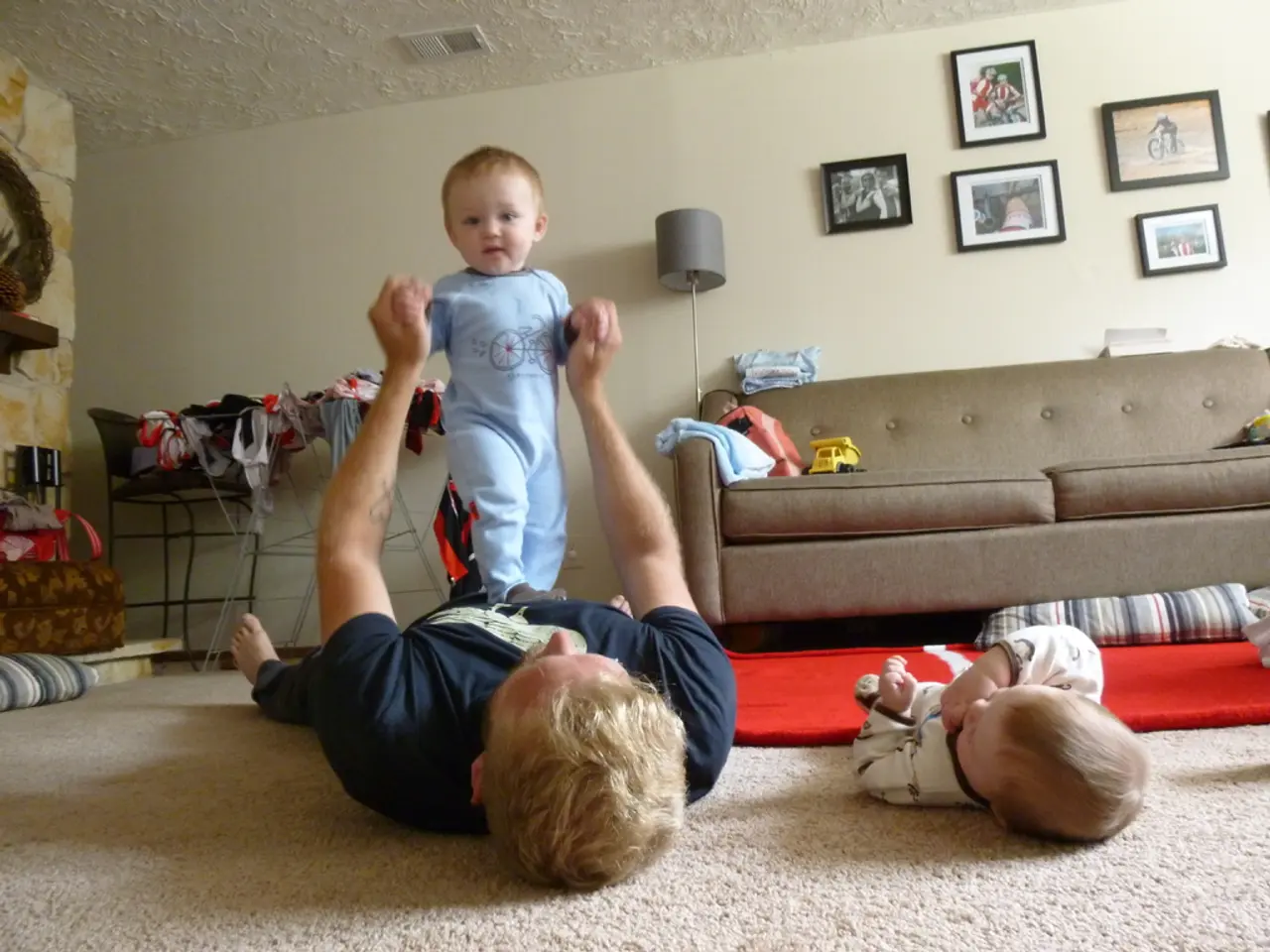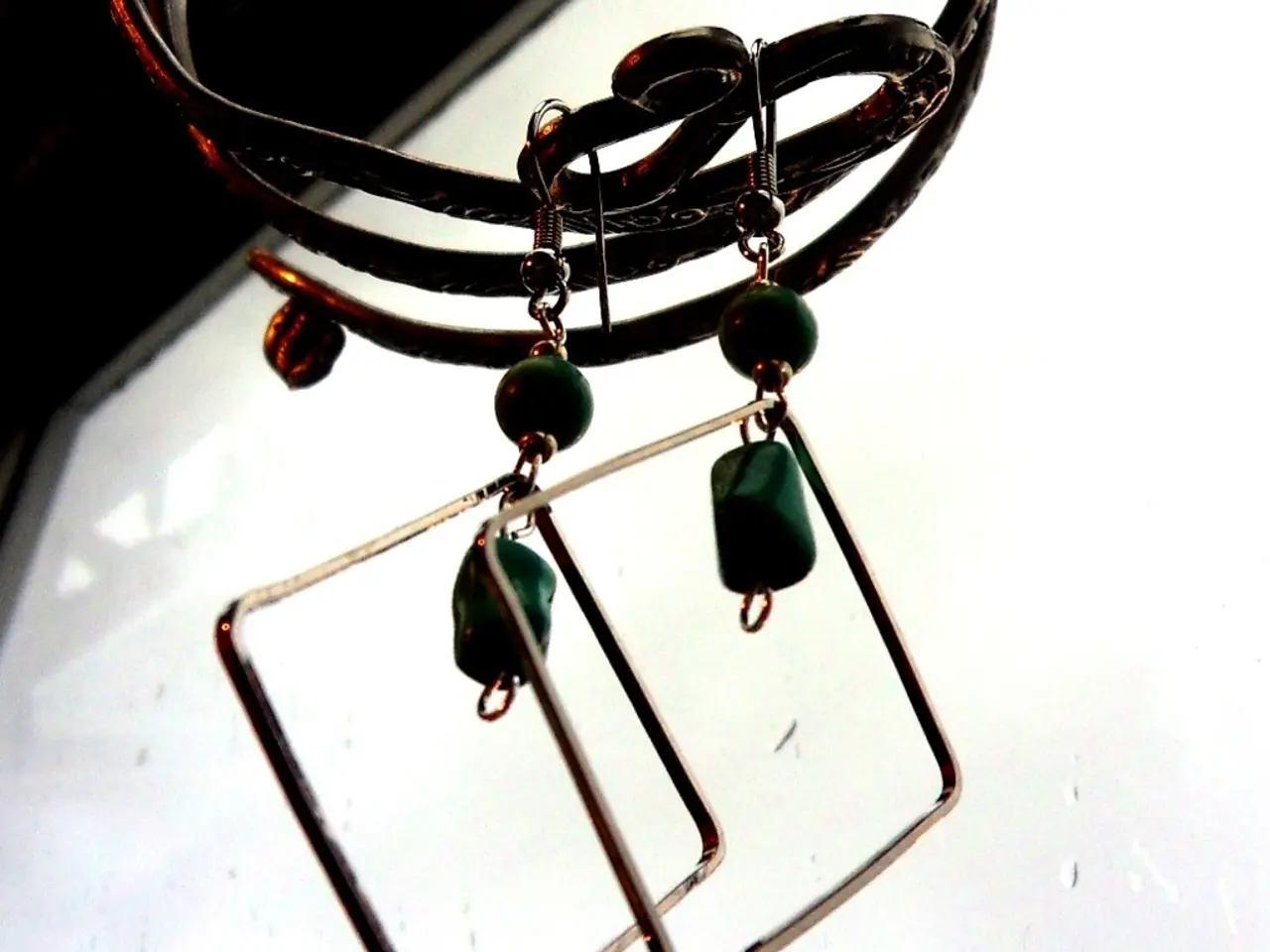Discussing the appropriate boundaries in family life, this article explores the opinions of experts about nudity within the immediate family setting.
In everyday, non-sexual situations, discussing nudity with children can be a sensitive topic. However, it is an essential conversation that parents must have with their children to help them understand their bodies, respect boundaries, and foster healthy attitudes towards nudity.
Experts recommend an age-appropriate approach, emphasising respect for privacy and boundaries, and alignment with family values. The child's age, maturity level, and the cultural or moral framework of the family are key considerations.
For younger children, around 7-10 years old, teaching about mutual respect for their own and others’ bodies early on is crucial. Parents should make clear that their bodies are private and no one should touch or photograph them without consent, helping them understand boundaries without associating nudity with shame or fear[1].
Discussions should be honest yet sensitive, ensuring children understand that everyday nudity (like bathing or changing) is normal and non-sexual within family contexts, while also distinguishing it from inappropriate behavior or exposure to explicit content[1].
Family values play a critical role in how nudity is treated; maintaining consistent messages in line with these values supports children in understanding their own comfort levels and respecting others' boundaries. Maturity level informs how much detail or explanation is appropriate. Older or more mature children can handle nuanced conversations about bodily autonomy and privacy, including discussions about online risks related to sharing images or exposure to pornographic content[1][2].
Practical strategies include setting clear family rules about when and where nudity is acceptable, supervising technology use to prevent exposure to inappropriate images, and ensuring that nudity within the home is handled with respect and privacy[2].
Before the age of 4, it is the parent's preference regarding nudity. As children get older, it's essential to take cues from them. Adolph Brown, a clinical psychologist, advises paying attention to how they react to seeing a parent nude. If a child is grossed out, screams 'awkward' in embarrassment, or runs, it may indicate that they are not comfortable with nakedness. On the other hand, if a child continues to make their PB&J like nothing is new, it may indicate that they are comfortable with nakedness[3].
Finding a balance that feels authentic to the family is key in setting privacy boundaries. Children need to know what to do if their boundaries are violated or if they are inappropriately touched[4]. Kanchi Wijesekera, a licensed clinical psychologist, mentioned that family norms surrounding nudity may evolve as children become more aware of their own bodies and may start asking questions about bodies in general or may want more privacy[5].
Teaching children about consent is also important, especially in regards to personal space and appropriate touch[6]. Reena Patel, a psychologist and parenting expert, stated that the appropriateness of children seeing a parent naked depends on various factors, such as the child's age, maturity level, unique development, parental preferences, culture, family values, parenting style, and relationship with the child[7].
Body positivity can be achieved whether a parent is naked or clothed, and children will learn an appreciation of all shapes and sizes based on the adults' acceptance of themselves or expression of self-love[8]. Parents can determine their own parenting style regarding nudity, which could mean being open and casual about being unclothed or having rules about when to cover up[9].
In summary, experts advise balancing openness about the body with clear boundaries to foster healthy attitudes towards nudity, guided by the child’s developmental stage and the family’s values. This approach helps children navigate everyday nudity confidently and safely without sexualizing or stigmatizing the subject[1][2]. It's crucial to teach children about their right to privacy and autonomy.
- To help children maintain good mental health, it's essential to instill a healthy approach to body image and respect for privacy, which can be facilitated through open, age-appropriate discussions about nudity in the family.
- Discussions about family health and wellness should include conversation on the normalcy of nudity within appropriate familial contexts, while also teaching children about boundaries and consent to prevent misunderstandings and abuse.
- In the process of discussing nudity with children, parents and caregivers should align their messages with their cultural or moral values to ensure consistent and appropriate messaging about body image and privacy.
- Parenting strategies like setting clear rules about nudity, supervising technology use, and fostering open communication can help support children in developing positive attitudes towards their own bodies and those of others.




